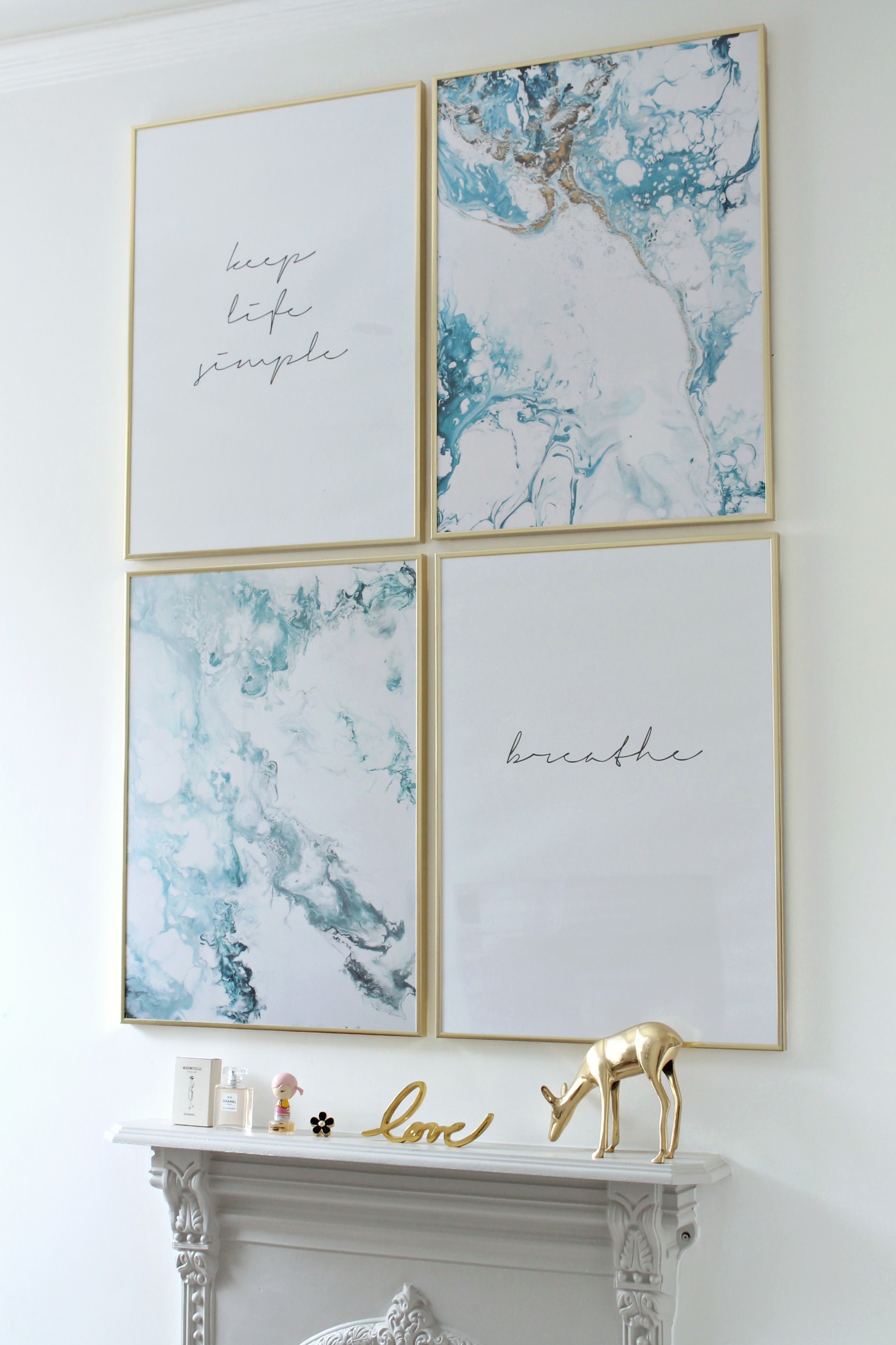If there’s one goal of interior design, it’s to make the most out of your interiors. Sometimes, the space you’re working with is ideally set up and all it takes is a few small tweaks. Other times, you need to consciously work toward changing the entire perception of the room. On these occasions, it’s all about harnessing the power of interior design optical illusions to create change.
If you’re not aware of how much of an impact these design maneuvers can make, you’re in luck. Below we’ve outlined four of the most common illusions, as well as how to you can pull them off in your own home. Keep reading for a crash course on every decorator’s secret weapon.
Choose colors wisely
First up, we have color. While it’s probably not hard to believe that the color you choose will drastically affect the overall feel of a room, knowing how to use it to your advantage is a different story.
Lighter colors, for example, make a room feel bigger. Consider using whites or lighter neutral shades in areas such as tight bedrooms or cramped living spaces. Be careful in larger rooms though. Sometimes, though these subdued shades can feel like the perfect fit for those with a modern aesthetic, it can make sizeable spaces — like great rooms or open concept areas — feel stark.
Darker shades, on the other hand, can cause rooms to feel like the walls have closed in a little. For this reason, we don’t recommend using them in tight areas. However, occasionally, a little closeness can work to your advantage. Consider adding a pop of rich color to your dining area or another space where the goal is to facilitate conversation.
Pay attention to scale
We’ve talked about scale and proportion before, but this time we’re going to focus on furniture. The reality is, the furniture you place in a room plays an unspeakably big role in how the finished product looks. The key is making sure yours is sending the right message.
Those with less square footage to contend with should consider smaller, thinner furniture and, in particular, pieces with defined legs. This added visual of empty space will help open up the room by giving the illusion that the furniture is taking up less space.
If, however, comfort is your goal and you have the room to spare, go ahead and choose grounded furniture instead. These pieces are heavier and really drive home the feeling that this space is a place where people can feel free to make themselves at home.
Look at lighting
Sometimes homeowners — particularly those with older homes — need to contend with uncomfortably low ceilings. Spectacularly pitched ceilings may be a newer real estate trend, but that doesn’t mean you have to live with feeling as though you’re stuck in a cave. This time, the answer lies in your lighting.
When you choose lighting for your home, the bulbs are typically directed to either throw light up toward the ceiling or down toward the floor. Subconsciously, it will also draw our eyes in that direction, as well. With that in mind, if you want to create the illusion of having higher ceilings, consider incorporating sconces or another type of uplighting.
That said, downlighting, which is typical for table lamps, desk lamps and floor lamps, is not necessarily a bad thing. They’re often ideal for lighting particular features of the room and work excellently for drawing the eye where needed.
Don’t forget mirrors
When talking about interior design optical illusions, there’s no way that we could bypass the cornerstone of interior design advice: If you need to fool the eye, add a mirror. Even today, this is good advice and it can impact your room in one of two ways.
On the one hand, adding a mirror to a small room will make it look larger. In this case, you want to position the mirror on the back wall of the room, or the farthest point from the door. This will help draw viewers across the entirety of the space and trick them into taking in as much square footage as possible.
Mirrors can also help add visual height to a room. Here, choose a vertical mirror, so eyes follow that line of sight all the way up to the ceiling.
Ideally, every space we design would be a large, open, blank canvas for us to tailor to our personal tastes. However, anyone with design experience can tell you that is rarely the case. Sometimes we need to use tricks to help viewers perceive a space as better than it actually is. Fortunately, we have interior design optical illusions to save the day. Use our tips whenever your interiors could benefit from a little sleight of hand.
How do you feel about these interior design optical illusions? Can you think of any more to add to the list? Tell us in the comments.
More DIY Home Decor Ideas and Resources
Article source: https://freshome.com/interior-design-optical-illusions/



